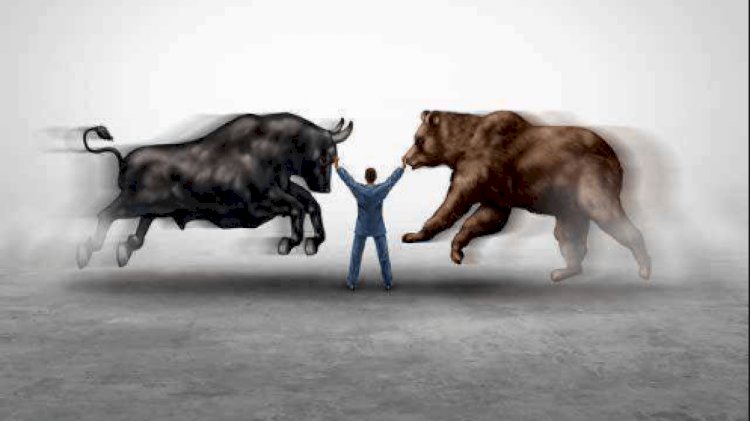Bull VS Bear Markets
The expressions "bear" and "bull" are widely used in the equity aim investment field to describe market conditions. Such terminologies are used explicitly to describe the health of the economy whether they depreciate or appreciate in value.

As a new investor, a big aspect that can have a huge influence on the portfolio is the way the economy is going. As such, it is crucial that you know what these words mean and how your investments can be affected.
Bull's Sector
A bull market can be better described as a growing market, and the economy's health is solid. An economy that is becoming better and where stocks steadily fall in value happens in a bull market. Buyers here check the rates and rise steadily. As far as stock markets go, a bull market means a spike in the company's shared values. The country's job levels are high in a situation like this and the economy is strong. Investment experts are likely to identify this after it occurs, focusing on the fact that bull markets are not easy to forecast.
Major aspects of Bull Markets
- It happens for a broad gross domestic product or when the economy is growing.
- A general rise in the number of events per IPO.
- Investors are willing to purchase shares, although some are actually going to be selling them.
Bear's Sector
Usually, a bear market is a market that is in recession. It must suffer a loss of 20 percent from a recent peak to be called a real bear market. Within a bear market, the share prices of firms are constantly declining. Interestingly enough, this declining trend in share prices leads investors to expect that the downward trend will continue to decline. Within a bear market, the economy of the country is inefficient and the unemployment rate rises as more and more firms lay down.
Major aspects of Bear Markets
- Bear markets arise when index values decrease by more than 20% and are followed by deteriorating economic prospects.
- Long-term or cyclical bear markets can be present
- Inverse ETFs and short selling options are two of the easiest opportunities for buyers to profit from a bear market when stocks decline.


 Local BangaloreTeam
Local BangaloreTeam 










